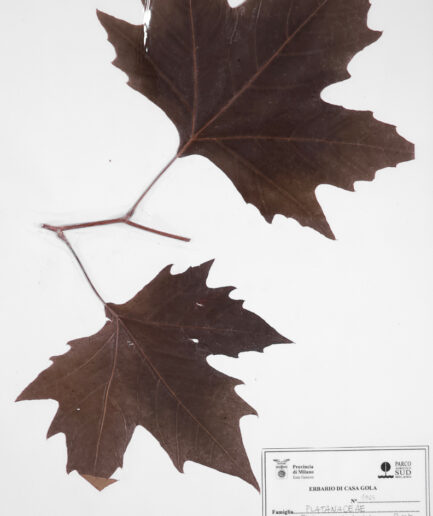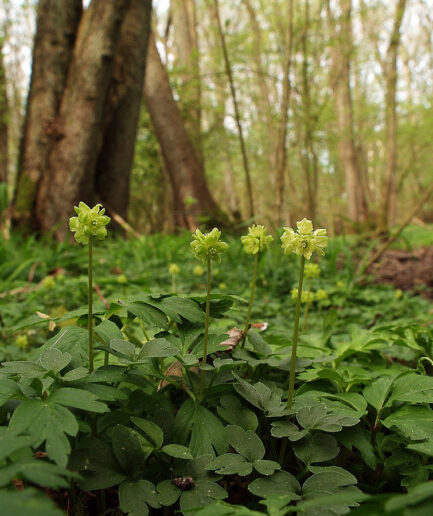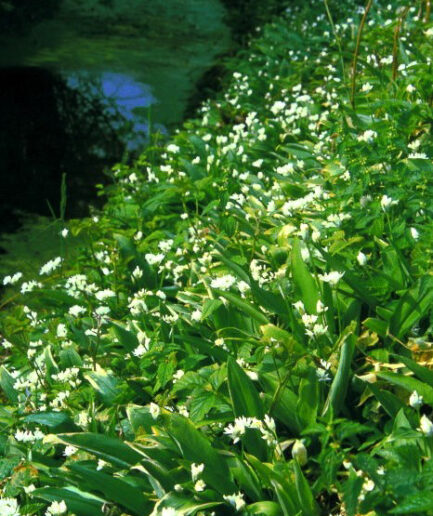Hackberry
Scientific name: Prunus padus L.
Family: Rosaceae
MORPHOLOGY
Habit and dimensions: Tree reaching up to 15-16 m in height, often with a shrubby habit.
Stem: Slim and straight trunk, not very dense canopy, dark gray bark with numerous light lenticels; slender, drooping twigs, initially green and finely hairy, then turning reddish-brown; buds spirally arranged, with many pointed, brown bud scales. Wood is soft, white-greenish, with an unpleasant odor of bitter almonds.
Leaves: Alternate leaves, borne on short shoots, with a 2-3 cm petiole bearing deciduous filiform stipules; blade measuring about 3-6 x 5-10 cm, oval or (less frequently) lanceolate, minutely serrated margin and pointed apex, soft and glabrous; upper surface deep matte green, lower surface somewhat bluish-green, with prominent pennate secondary veins, sometimes raised, inserted subhorizontally on the midrib.
Flowers: Slightly fragrant flowers in simple clusters, 10-15 cm long, reflexed or pendulous, leafy at the base; individual flowers on peduncles about 2 cm long, with a green, semi-spherical, serrated calyx, and 5 white obovate petals measuring 5-9 mm; 18-20 stamens, partially fused with the calyx, with yellow anthers; pistil with a smooth style and small stigma. Blooms from April to June.
Fruits and seeds: Fruits are spherical drupes (6-7 mm), without the residual calyx, ranging in color from green to red to blackish-purple, shiny, ripening in midsummer. Small and wrinkled stone.
DISTRIBUTION AND HABITAT
Present from Emilia-Romagna upwards In woods and thickets; from sea level up to 2,000 m.
USE
The bark of young branches and the drupes are used. Bark powder, infusion, and tincture, containing amygdalin (poisonous!), have antispasmodic and astringent properties, as well as febrifuge, diuretic, and diaphoretic effects. The fruits also have antispasmodic and astringent action. Before taking any plant-based product (medicinal or otherwise) for therapeutic or similar purposes, it is always advisable to consult a doctor.
INTERESTING FACTS
The Scots produce a particular wine from its fermentation.
Photo: under free license from iNaturalist.





















